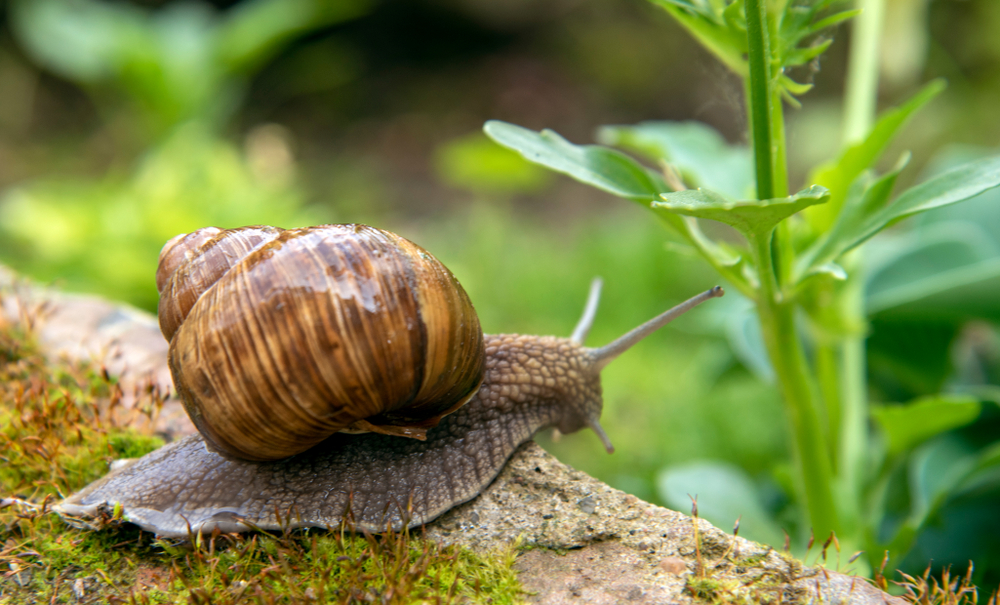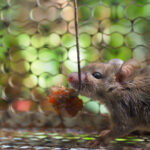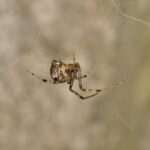Snails: A Detailed Examination, Basic Facts, Species, and Natural Habitats
A Detailed Examination of Snails
Gastropods, commonly called snails and their close relatives, are a diverse and adaptable group of animals thriving in a wide array of environments. From the depths of the ocean to freshwater ponds and terrestrial gardens, these creatures have established themselves across the globe. Sea snails inhabit saltwater ecosystems, while freshwater snails thrive in lakes, rivers, and ponds.
There are many different species of gastropods, with over 65,000 known, each adapted to marine, freshwater, and terrestrial habitats. This incredible diversity is reflected in their wide range of sizes, shell shapes, and behaviors.
Diversity of Snails
Although only a few species of gastropods are found in land and freshwater habitats compared to the vast diversity in marine environments, each group has evolved unique adaptations to survive and flourish. Aquatic snails possess specialized features such as gills, siphons, and opercula for underwater living. In contrast, terrestrial species and slug species have developed lungs to breathe air, enabling them to occupy diverse terrestrial niches
Terrestrial gastropods, including both shelled and shell-less forms, display remarkable adaptations that allow survival in environments ranging from moist forests to arid deserts. Most land snails are pulmonate species, possessing lung-like respiratory systems and often hermaphroditic reproductive biology. Many species of gastropods have evolved to thrive in a wide range of environments.
Snail species vary widely in size, shell morphology, and habitat preferences, reflecting their evolutionary versatility. This diversity is particularly notable among land snails, which exhibit varied shell coiling patterns and physiological traits.
Life cycles and behaviors of these animals significantly contribute to soil health, biodiversity, and ecosystem stability.
Anatomy and Physical Features
Gastropods belong to the class Gastropoda, which includes many snail species commonly called land snails and slug species. They are characterized by a muscular foot and typically coiled snail shells, although slugs lack a visible shell. Common garden snails like the Roman snail (Helix aspersa) are familiar in many regions, but the group encompasses thousands of species worldwide.
Snail shells vary widely—from flat and coiled to elongated and bulbous—serving as important identification features. The snail’s body includes sensory tentacles and a mantle that secretes the calcium carbonate shell, which grows throughout the animal’s life. Despite their slow pace, these creatures have adapted to diverse climates and environments, from tropical zones to cold alpine regions.
Physical Features
Most land snails possess a spiral snail shell and a lung-like respiratory system within a specialized mantle cavity. The spiral shell is a key feature for identification, as its structure and coiling direction help distinguish different species. Their soft parts include one or two pairs of tentacles used for sensory perception. The snail’s body is soft and elongated, with a muscular foot for movement. It connects to the shell via the mantle, allowing the body to retract for protection. The hard shell shields vital internal organs, protecting against predators and environmental stress. Newly hatched tiny snails begin life with small, delicate shells that grow spirally as they mature, absorbing calcium from their environment to strengthen their protective homes.
Size Variation and Shell Growth
Land snails range greatly in adult size. Most snails are small, with approximately 90 percent of adult snails measuring less than one inch in shell length, but some, such as the giant African land snail (Achatina achatina), boast shells nearly 20 centimeters long—making them the largest land snail species. Size variation often correlates with habitat and ecological pressures.
Snail shells grow by adding layers of calcium carbonate at the shell aperture, the opening through which the snail’s body extends. This spiral growth pattern provides strength and durability, essential for defense and survival. Some carnivorous snails have evolved strong shells capable of breaking other snail shells to access prey.
Habitats and Distribution
Snails inhabit diverse environments. Water snails, including those found in ponds and streams, play important ecological roles in freshwater habitats and are sensitive to water quality. These species thrive in ponds, lakes, and streams, contributing to nutrient cycling and water quality. Marine species populate oceans and coastal zones, exhibiting extensive shell diversity. Terrestrial snails are found in gardens, forests, and fields, where they contribute to soil health and plant dynamics. Many land snails range greatly in distribution, with some found worldwide and others restricted to specific regions like South America or isolated islands.
Most terrestrial species prefer moist soils conducive to burrowing and feeding on decaying organic matter. Their activity enhances soil fertility and supports plant growth, functioning alongside other decomposers like earthworms.
Aquatic snails, both freshwater and marine, scrape algae from rocks and plants, helping control algal growth and maintain ecosystem balance. Some species are specially adapted to live in freshwater habitats such as ponds, streams, and marshes. Some freshwater snail species serve as indicators of water quality, while marine snails contribute to coral reef biodiversity.
Snail Life Cycle and Behavior
Snails begin life as eggs deposited in protected, moist environments. Eggs hatch within weeks, releasing tiny snails with small shells that grow as they mature. Many land snails are hermaphrodites, possessing both male and female reproductive organs, facilitating flexible mating strategies and enhancing reproductive success.
Feeding Behavior and Predators
Most common garden snails are herbivores, feeding on leaves, stems, and fungi. They exhibit a wide range of feeding behaviors, from herbivory to carnivory. However, some carnivorous species break snail shells to feed on other snails and small invertebrates, showcasing fascinating feeding adaptations. The radula, a toothed tongue-like organ, efficiently scrapes food. Predators include birds, amphibians, insects, and even other snails.
Locomotion and Movement
Movement is powered by a muscular foot producing wave-like contractions, aided by mucus secretion to reduce friction. Their slow speed, approximately 0.013 mph, has inspired the phrase “at a snail’s pace.” This slow movement requires moist conditions to prevent desiccation.
Ecological Importance
These often-overlooked animals play vital ecological roles, including nutrient recycling and serving as key components in food webs, making them essential for maintaining ecosystem health. The diversity and distribution of species highlight their ecological significance in various habitats.
Land snails play key roles in decomposing organic matter, enriching soil, and supporting food webs. Humans also consume snails in some cultures, though caution is necessary due to potential parasite transmission. Their presence enhances biodiversity and ecosystem resilience.
Human Interactions
While beneficial, snail populations can sometimes become pests, damaging crops and gardens. Humane and environmentally responsible pest control services and pest control services help manage these issues without harming ecosystems. To find out if pest control services are available in your area, check the service areas covered by professionals.
Shell Structure, Function, and Human Uses
Snail shells, composed mainly of calcium carbonate, protect these creatures and grow in a spiral pattern. The shell aperture allows body extension for movement and feeding. Beyond biological functions, snail shells have cultural uses in decoration, jewelry, and tools.
Special Adaptations and Relations of Snails
Carnivorous species exhibit specialized feeding behaviors, including preying on other snails by breaking their shells. These interactions regulate populations and maintain ecological balance.
Evolutionary Relations to Slugs
Snails and slugs are closely related gastropods, with the primary difference being the presence or absence of a visible shell. Slug species have evolved reduced or absent shells, adapting to specific ecological niches.
Notable Snail Species and Fascinating Facts
Pulmonate land snails have developed a lung-like organ within their mantle cavity, allowing efficient air breathing. This adaptation facilitates colonization of a wide range of terrestrial habitats, from damp woodlands to dry deserts. Their sensory tentacles help detect food, predators, and mates, playing a crucial role in survival.
The giant African land snail is among the largest terrestrial species, reaching up to 30 centimeters in length and weighing over a kilogram. While ecologically significant in native habitats, they can become invasive pests in other regions due to their rapid growth and voracious appetite.
The giant African land snail exemplifies remarkable growth and reproductive capabilities. Many snail species display unique shell colors, patterns, and behaviors that enrich our understanding of gastropod diversity.
Marine environments, particularly tropical waters, host the most species, highlighting the incredible diversity found in these habitats.
Frequently Asked Questions
Where do snails live?
They inhabit terrestrial, freshwater, and marine environments globally.
How do snails contribute to ecosystems?
By decomposing organic matter, supporting soil health, and serving as prey for many animals.
What are their main predators?
Birds, amphibians, insects, and other snails.
How do pulmonate land snails breathe?
Through a lung-like organ in the mantle cavity.
What size range do snails exhibit?
From tiny juveniles less than a centimeter to giants exceeding 30 centimeters in length.





